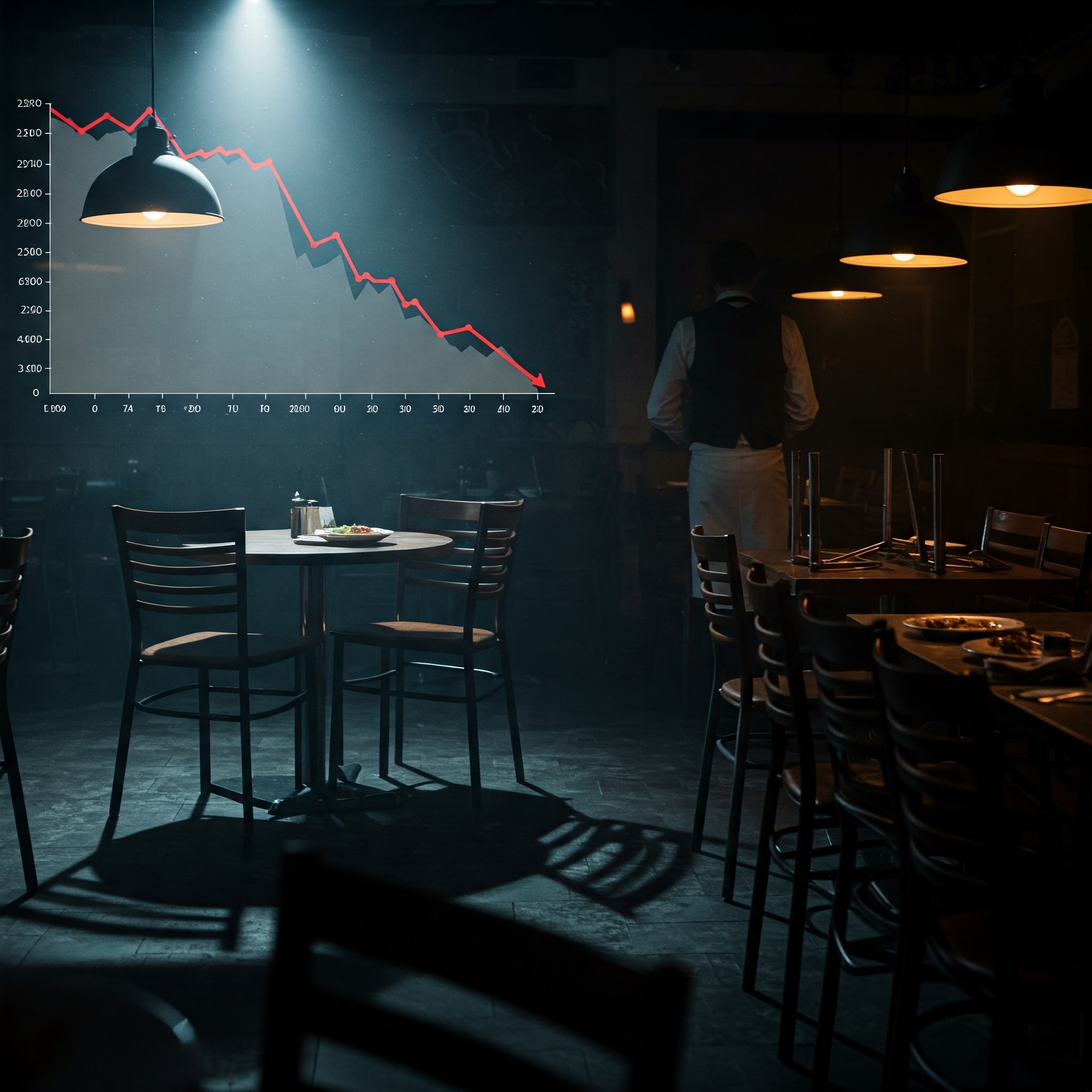5 Accounting Tips for Restaurants Facing Seasonal Revenue Slumps
Seasonal revenue slumps are a common challenge for restaurants. Slow winters, blazing summers, school, work, off-peak times, and post-holiday lulls can leave restaurants empty of patrons. It can be difficult to manage cash flow and stay profitable during these downturns, but that doesn’t have to be so. With the right accounting strategies, your restaurant can weather these slow periods without compromising your business’s financial stability. Here are five accounting tips from the professionals at TMD Accounting to help your restaurant thrive during seasonal revenue slumps.
Key Takeaways
- Regularly update your financial records and track income, expenses, and inventory to prevent cash flow issues during slow months.
- Plan ahead by setting aside profits from peak months to cover fixed expenses during lean times.
- Adjust inventory levels to prevent over-ordering and waste, improving cash flow and minimizing costs.
- Tailor staffing levels to match business activity, reducing unnecessary payroll costs during slow periods.
- Work with an accountant in South Jersey to leverage available tax deductions and credits, easing the financial strain during off-peak months.
Why Do Seasonal Revenue Slumps Happen to Restaurants?
Seasonal revenue slumps can happen for several reasons. Knowing how to prepare your finances for these periods can relieve some of the burden. Here are some of the reasons your restaurant may be facing a revenue slump:
- Weather and Holidays: Some months beckon people to come out of their homes to dine out with friends and family while other periods can lead to reduced foot traffic.
- Changes in Consumer Spending: Consumer spending tends to fluctuate based on economic conditions, holidays, and even personal finances. During slower months, people are more likely to cut back on discretionary spending like dining out, leading to a drop in restaurant traffic.
- School and Work Schedules: When school is out, restaurants will see an uptick in patrons, particularly those located in places where families go on vacation. Similarly, work schedules can affect business, with some restaurants seeing less lunch traffic during the off-season if professionals are on vacation or out of the office.
- Local Economic Cycles: Restaurants located in tourist-heavy areas may experience a seasonal slump when tourists are no longer visiting, especially in the off-peak seasons.
- Competition: Limited-time menus and promotions may drive customers from one restaurant to the next temporarily.
Accounting Tips to Help You During Seasonal Revenue Slumps
Now that you know why revenue slumps happen, here are some tips that can help you overcome such challenges:
1. Track Cash Flow Closely
During slower months, it’s essential to closely monitor your cash flow. Keep a close eye on the cash coming in and going out. Regularly updating your financial records will help you identify any shortfalls early and adjust your spending accordingly. Use accounting software to track income, expenses, and inventory levels, and consider adjusting your budget to reflect the seasonal nature of your revenue. This proactive approach will help you stay ahead of any potential cash flow issues.
2. Plan for Seasonality with a Budget
Anticipating and planning for seasonal fluctuations in revenue is key to maintaining financial stability. Create a budget that accounts for both high and low seasons. During peak months, set aside a portion of your profits to cover the slower months ahead. This cushion can help you cover fixed expenses like rent, utilities, and payroll when sales dip. By planning in advance, you’ll avoid scrambling for funds and ensure you have the resources to carry your restaurant through slow periods.
3. Optimize Inventory Management
Excess inventory is going to be a hindrance when business is slow. Consider upgrading your inventory management system to avoid over-ordering. It will also help you minimize waste—and wasted money. Furthermore, proper stock management will help you reduce costs, improve cash flow, and prevent spoilage. Regularly review inventory reports to adjust orders and make sure you’re not sitting on inventory that could hurt your bottom line during a revenue slump.
4. Adjust Payroll to Match Demand
One of the largest expenses for restaurants is payroll, and during slow periods, it’s essential to adjust staffing levels to match demand. Review historical data to predict slower times and schedule staff accordingly. Consider cross-training employees to ensure flexibility in staffing. By aligning payroll with business activity, you can avoid overstaffing and reduce unnecessary labor costs during off-peak times.
5. Maximize Tax Deductions and Credits
Tax season is an opportunity to recoup some of your losses from slower months. Work with an accountant to ensure you’re taking advantage of all available tax deductions and credits. This can include deductions for business expenses, depreciation, employee benefits, and more. Additionally, review your restaurant’s eligibility for any government grants or relief programs that can help you manage through seasonal downturns. Tax planning can ease the financial strain during lean months and help position your business for growth in the future.
Work with TMD Accounting and Stay on Track

Implementing sound accounting strategies is crucial for restaurants to navigate seasonal revenue slumps.
Seasonal revenue slumps don’t have to spell disaster for your restaurant. By tracking cash flow, planning ahead, managing inventory, adjusting payroll, and maximizing tax benefits, you can maintain financial stability year-round. TMD Accounting is here to help. Our team has helped restaurants for over 40 years. We will work with you to implement effective strategies for managing seasonal revenue fluctuations and ensure long-term profitability.
Contact TMD Accounting today by calling 856-228-2205 or by filling out the contact form. Together, you can overcome financial challenges and keep your restaurant on track through every season.

